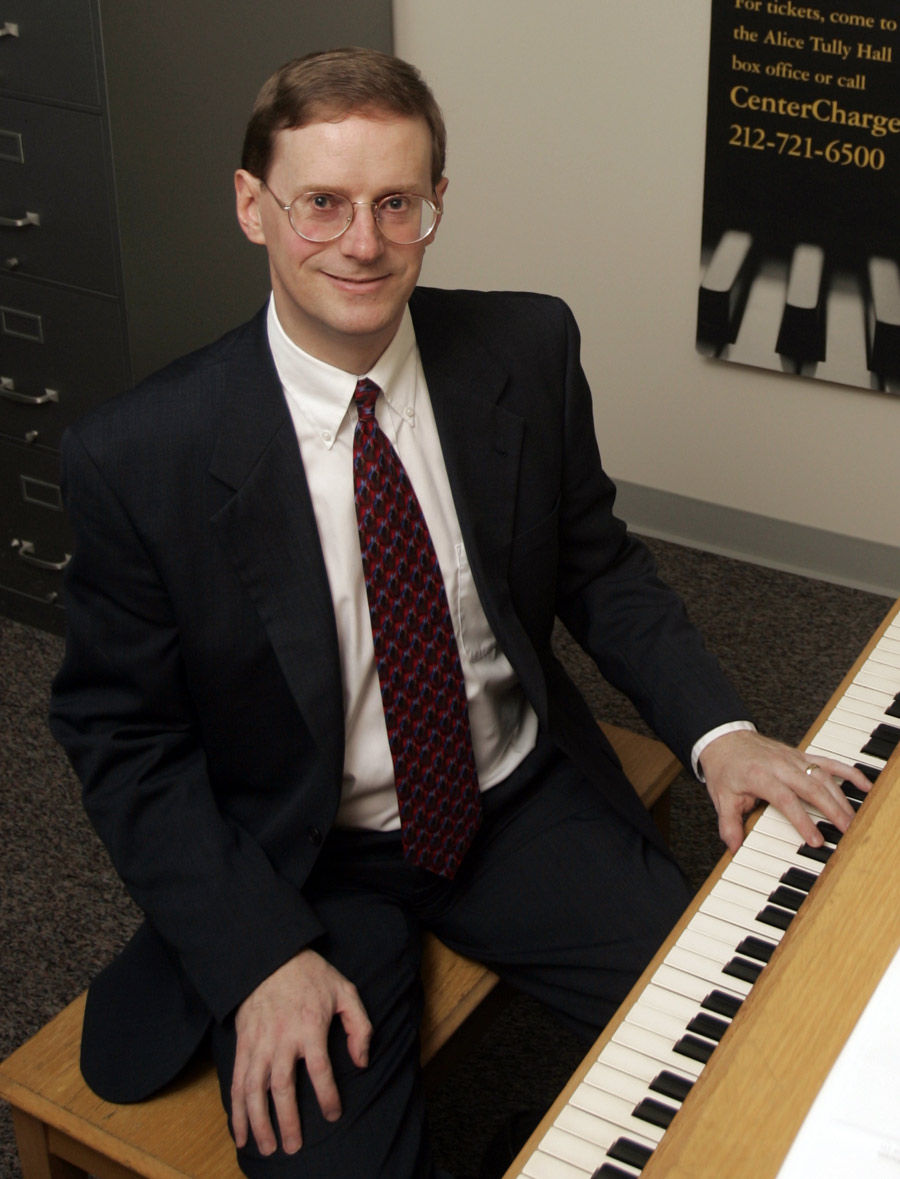Critical Analysis of: “The Uses of Existing Music: Musical Borrowings as a Field”
- Diego Barbosa-Vásquez
- Feb 6, 2017
- 6 min read
“The Uses of Existing Music: Musical Borrowings as a Field” by Peter Burkholder[1]
Critical Analysis by Diego Barbosa-Vásquez
Burkholder defines the musical borrowing field as the study of the different procedures that composers use to create their compositions based on previous melodies, tonal plans or structures. More specifically organized in two parts, Burkholder uses the first part to describe the most important conclusions about the use of existing music as a field based on his expertise in Ives’ music. In the second part, the author explores the possible typology and chronology of the field. Despite the big lack in discussions about the concept as a field, the author uses the article to create awareness about the study of musical borrowing as an important issue. His method encourages a deeper analysis of the whole background of the piece and helps his reader to search the original development of a work and the thoughts of the composer.

Correct Name and Delimitation
The selection of the correct terms to call the field is a very important development of Burkholder. The author selected “The uses of existing music” or “Musical borrowing” as the most correct terms, mentioning that the other terms are too specific. The decision to use those terms besides others reflects Burkholder’s important understanding of the different procedures that a composer uses when he is creating music based on other sources. Additionally, the way that the author discards the other terms illustrates the necessity to create a correct typology of the field because of the possible ramifications. In brief, those developments allow scholars to delimit the field and understand some differences between the borrowing processes.
Lack of discussions about the field causes some difficulties to delimit the study. In Colombia this field isn’t studied by the common music universities undergraduate programs, because not a lot of discussions are made in Spanish and the access of the information is most difficult in this regions. Because of the lack of access that is shared to other regions a lot of scholars in different continents haven’t had awareness of the field and probably some important conclusions about the delimitation can be probed in different contexts. Meanwhile Burkholder argues that a borrowing in music is when the composer uses an existing melody, tonal plan or structure to create his own work, emphasizing that the borrowing needs to be something specific not a style or a genre.
However, the style and the genre is defined by the concepts of melody, tonal plans and structure. As an example a scholar can’t analyze the “symphonic poem” form without analyzing the development of the sonata and symphony form (structure borrowing), or analyzing the uses of the cantus firmus in the renaissance masses without understanding the paraphrases masses. Additionally, the English style in the renaissance is defined by using the melodies average type of lines including the 3rds and 6ths sounds. Therefore a musical borrowing procedure that uses this kind of melodies can be defined as a style borrowing. In fact Burkholder shows in his article that with his Ives previous studies he needed to create a “stylistic allusion” category to clarify some stylistic borrowings, but he states that if someone requires to analysis borrowings considering the style and genre the whole music would be consider as a borrowing. In conclusion is very soon to delimit the field very well because there are a lot of circumstances and composers to analysis before a final affirmation of the study area is made.
Conclusions of “Borrowing Music”
The author taking advantage of his expertise in the musical borrowings procedures in Ives music conclude important aspects about the field without using a lot of musical specific examples (scores). His expertise as a Ph. D. and Professor of musicology at Indiana University Jacobs School of Music and his positions as a president, vice-president, and director-at-large of the American Musicological Societies allow the reader to thrust in the conclusions that the author states even when some specific examples that are not in the article would clarify some aspects.
When scholars identify the typology of “the uses of existing music,” they clarify the analytic and historian study of the field, allowing musicians to understand a whole development of the piece and the composer’s original thoughts. Burkholder states that when researchers know the specific classification of borrowing procedures, they could create a stratification of those procedures, therefore they can understand the previous concepts and their variations. Additionally, these variations and concepts organized by ramifications allow the scholars to create a possible chronology of the field. Burkholder created one based on the typology that he discovered in the Ives’ music. The article states that with a correct typology of the musical borrowing, the scholars will have the opportunity to create a better analysis of a work and its background.
Secondly, a very important aspect that the article claims is that a scholar shouldn’t draft a conclusion before they have a deeper understanding of the phenomenon. The author states that when a conclusion is created before they understand the concept, some aspects are lost and the conclusion is, in most cases, wrong. While this is the worldwide correct procedure of the scientific process, in terms of borrowing music some scholars have been drafting conclusions without it, creating difficulties in the understanding of the field. The author additionally states that even the most original musical borrowing procedure in a first sight may have been used by different composers. Therefore, in order to clarify the delimitation of the field and his correct typology, Burkholder asked scholars to have a broad knowledge of the facts before concluding.
Another important conclusion is that a deeply study of the field requires that scholars understand very well each procedure, its development and his influences; in order to avoid a misunderstanding of the possible solutions to the field and its interactions with others. Burkholder highlight that possible solution to one borrowing procedure in a piece probably wouldn’t apply for other analysis even in the same composer or even in the same piece. Therefore, musicologist needs to be care about their analysis in order to do not classify in an incorrect way. Additionally Burkholder claims that each procedure needs to be understood by scholars with its whole influences in other procedures even in its influences are in different artistic periods, in order to clarify and understand in a correct way the borrowing procedure. In addition Burkholder states that his discovers have not been tested in other composers and by other scholars. An interesting question that needs to be solved by the author is how scholars can build a strong analysis of the whole borrowing background of the piece. However, the solution would be analyze his conclusions and typology with other composers evaluating his correct operation with other music.
Typology and Chronology of the Musical Borrowing
After his studies in Ives’ music and the conclusions about the musical borrowing, Burkholder create a typology based in questions that allow scholars to understand in a better way the borrowing process. The most interesting fact of this basic typology is that Burkholder really do not define in a scientific way the typology. To be more specific the author create questions that encourage scholars to create it, hence the basic typology based in questions is assumed as roadmap to be followed in order to understand the musical borrowing procedure. Is important to stand out that the way that Burkholder organized the questions needs to be probed in different music in order to know if the questions really fit in any kind of musical borrowing. Consequently more than a definitive typology this article create a basis to researches to go deeper in the field.
In terms of chronology deeper discussions about the field need to be performed by different scholars in order to create a correct and complete historical study of the musical borrowing. However Burkholder creates a possible chronology subdivided in the most important musical periods. Something interesting in this chronology is that although the highlighted fact of the influences that a borrowing procedure has in latest procedures, Burkholder do not create a way to see those influences in the chronology. As conclusion of these item an enthusiastic scholar can create it taking advantages of the possible discussions that the author encourage with the article.
Conclusions
The way that the art and the music is built by artists shows a constantly development based in the previous works. The study of the uses of existing music or musical borrowing as a field allow musicians not only to understand the borrowing procedures used by different composers through the time, but also allow them a better understanding of the music development as a whole. A theorist cannot understand the Symphonic Poem structure without analysis the borrowing structures of Sonata and Symphony forms, or a variation form cannot be understanding without a deep knowledge of the ornamentation procedures in the repetitions of the work in the baroque period. Burkholder in this article encourage scholars to create more analysis and discussions about this field hoping that in a future, with a correct and complete typology the whole chronology of the musical borrowing and the music development itself, the field can be understood by musicians and scholars in a more holistic and holographic way.
1. Burkholder, J. Peter. “The Uses of Existing Music: Musical Borrowings as a Field.” Notes - Quarterly Journal of the Music Library Association 50, no. 3 (Mar 1994): 851-70. Accessed January 23, 2017. http://search.proquest.com/docview/1111456?accountid=8459
Picture of Peter Burkholder: http://newsinfo.iu.edu/news-archive/3177.html
This Critical Analysis is Partial Fulfillment of M.M. in Opera and Orchestra Conducting at APU































Comments